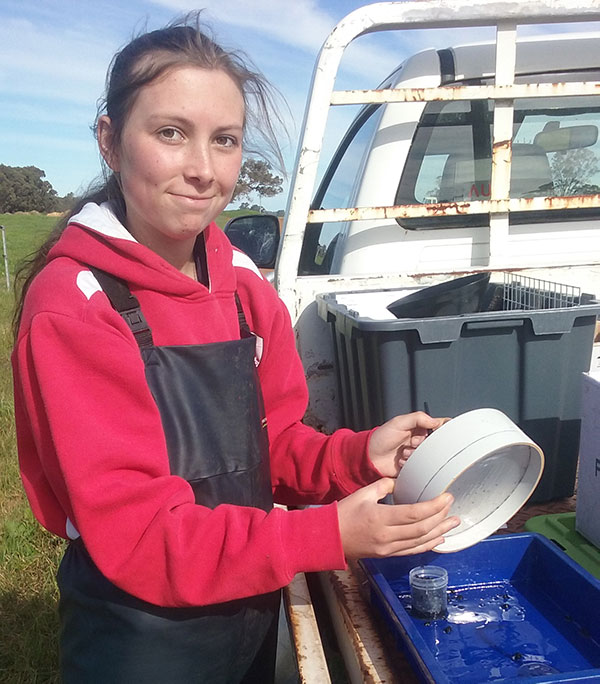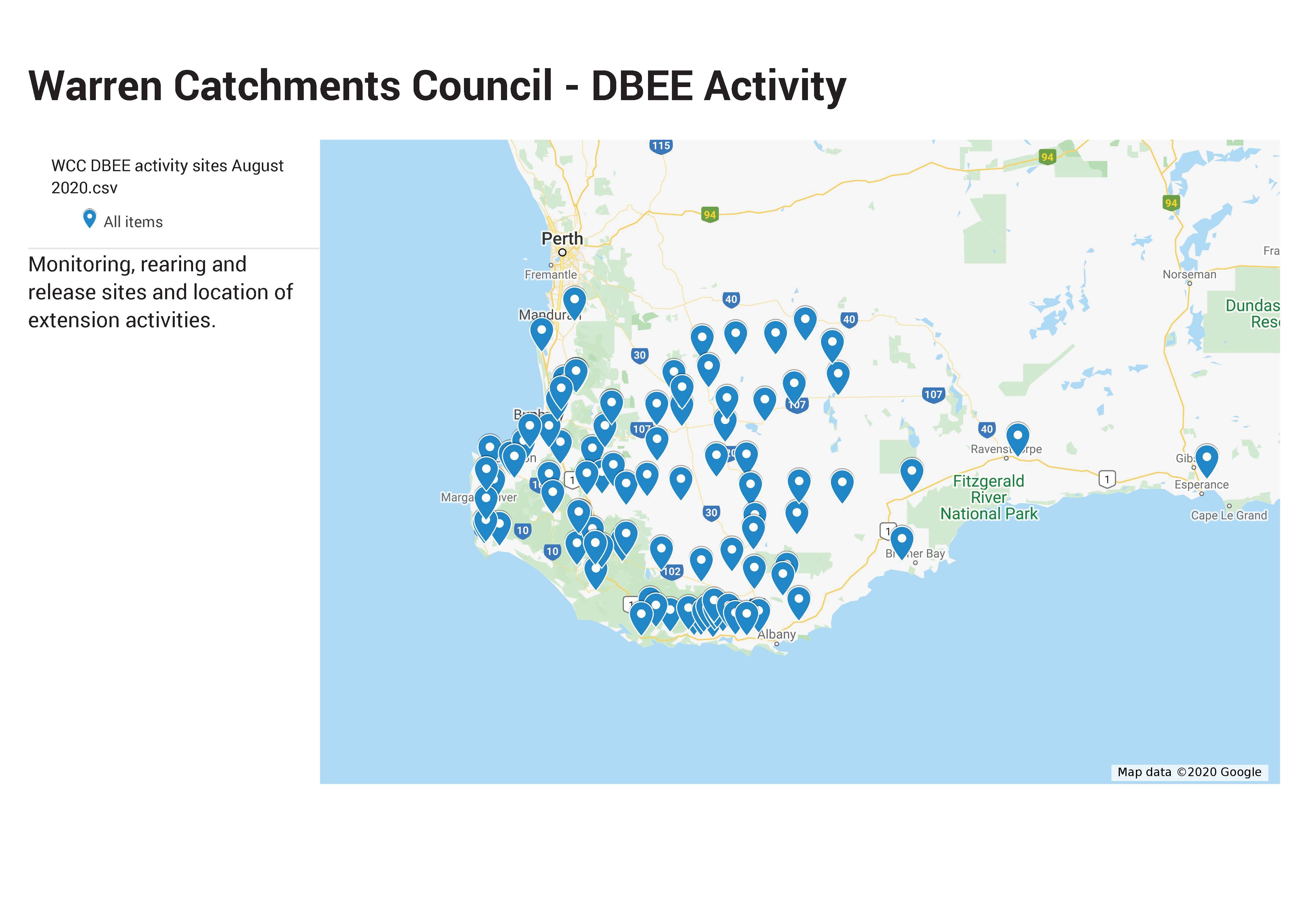The South West region of Western Australia has specific requirements when it comes to dung beetle importation. Identifying and introducing species to disrupt spring dung loads in the northeast wheatbelt will reduce the annual southern invasion of bushflies. Due to the tireless work of dedicated volunteers and invaluable DBEE Project Partners who continue to research and monitor dung beetle populations, gaps in national beetle distribution are now being filled.
On a national level, the South West region of Western Australia is often homogenised – whether it be in relation to rainfall, soils or livestock production. However, at the grassroots level, attention to specific circumstance and need is required, particularly when it comes to dung beetle establishment.
Warren Catchments Council is a small not-for-profit landcare group with a footprint of 10,000km2 and a base in Manjimup. WCC is coordinating Dung Beetle Ecosystem Engineers activities throughout the broader South West region. Besides mass rearing the DBEE project’s newly imported species for on-farm distribution and providing varied extension services, monitoring beetle presence and abundance at the species level is an activity receiving special attention.

Through WCC’s previous on-farm activities, wide variation between dung beetle species presence and abundance was noted in the region, including timing of emergence and duration of activity in dung pads.
Producer volunteers have also assisted with the intensive monitoring in sites beyond those which WCC manages. Amanda Brown (Harvey), Bernie Kurz (Donnybrook), Lindsay and Allison Wolrige (Anniebrook), Elaine Haddon (Yoongarillup), Dan Mathwin (Kojonup), Jay Rowles (Mt Barker), Trevlyn Smith (Redmond) and Doug Cary (Esperance) have supplied valuable data to the DBEE project on a monthly basis which will assist in filling existing gaps in the national database.
In addition, WCC has conducted ‘snapshot’ transects to survey underrepresented areas including coastal plains with sandy soils and high water tables where anecdotal observations of beetle absence in winter required supporting evidence. Sheep properties were also prioritised as the early spring active species DBEE is importing and rearing utilise both sheep and cattle dung.
In WA’s South West region the October invasion of bush flies is associated with the easterly winds transporting flies from the northeast wheatbelt. Knowing which dung beetle species may be needed to remove the increased spring dung load produced in the northeast is the first step in dealing with this issue. The Mingenew Irwin Group and University of Western Australia are currently performing monitoring in the northern wheatbelt to garner this information.
The detailed information amassed through national monitoring performed by DBEE project partners and volunteers will assist in identifying niche localities where it may be possible to source beetles to fill the many seasonal and geographic gaps, including those in the South West region of WA.
